7 Minutes
Introduction: The Foldable Revolution Arrives
Foldable phones have shifted from futuristic novelties to a rapidly maturing segment of the smartphone market. Over just seven short years, these innovative devices have overcome early limitations to rival—and in some cases surpass—the usability of traditional smartphones. With Samsung’s Galaxy Z Fold 7 headlining a year marked by ultra-thin designs, highly functional form factors, and ongoing competition across Android brands, the foldable phone industry seems poised for an even brighter future. And the anticipated entry of Apple into the foldable space signals that the best is yet to come for smartphone enthusiasts.
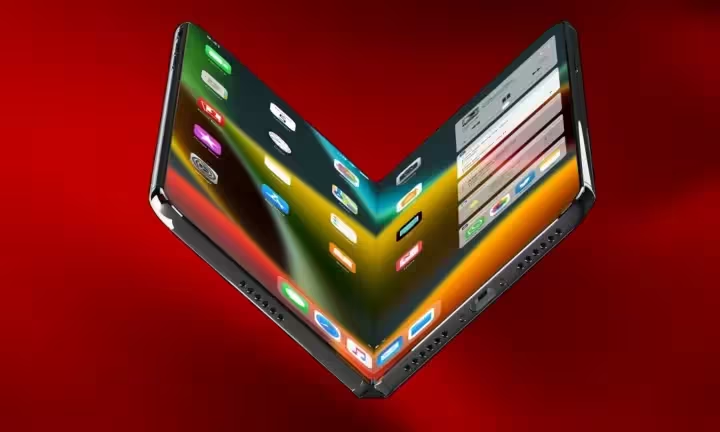
A Brief Timeline: Foldable Phones from 2018 to Today
2018-2020: The Dawn of Commercial Foldables
The journey began in 2018, when the relatively unknown Royole introduced the FlexPai in China. While the FlexPai didn’t win accolades for its execution, it proved that commercial foldable phones were possible. This industry first carried a premium price tag and struggled with bulk, durability, and software optimization. Yet, it set the stage for the next wave.
2019 marked a big leap forward—with Samsung unveiling the original Galaxy Fold. Although early durability issues led to a recall and redesign, it laid the foundation for the brand’s foldable dominance. Just days later, Huawei revealed the Mate X, which differentiated itself with an outward-folding main display and sleek, minimal bezels—ushering in book-style and outward-folding designs.
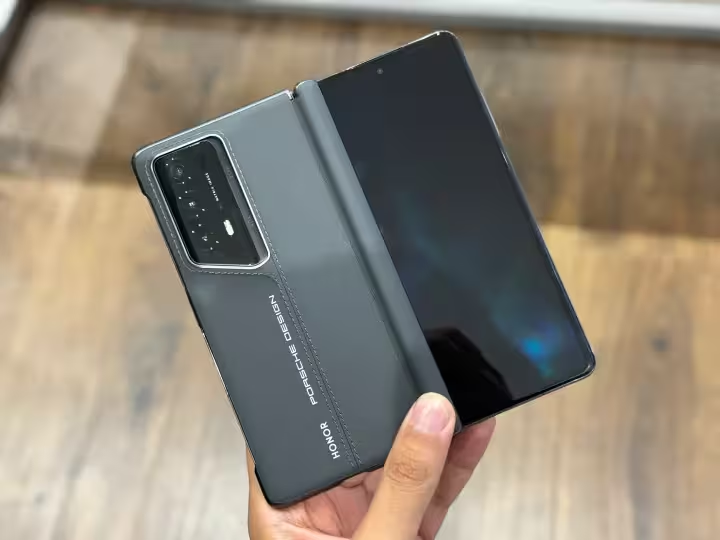
Meanwhile, the iconic Motorola Razr was revived in 2019, tapping into nostalgia with a modern flip design. Soon after, Samsung debuted the Galaxy Z Flip in early 2020, igniting fierce competition in the flip phone space. The flip-style market saw numerous Android entrants, though only Motorola and Samsung have remained as leaders in this arena due to their superior engineering and brand recognition.
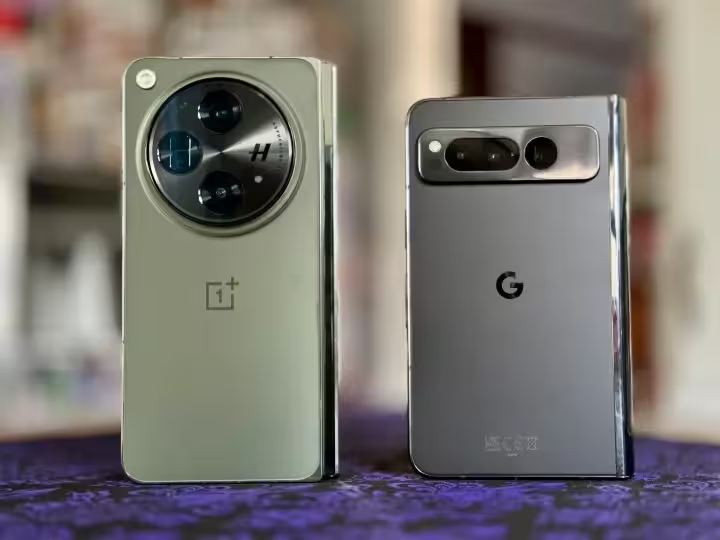
By late 2020, Samsung had launched the Galaxy Z Fold 2, featuring a full-sized cover screen, robust ultra-thin glass, enhanced battery capacity, and powerful triple cameras. This model also introduced Samsung DeX to foldables, turning phones into versatile productivity hubs.
2021-2023: Mainstream Breakthroughs and Feature Innovations
In 2021 and 2022, the foldable phone market experienced dramatic growth and technical advancement. Samsung released the Galaxy Z Fold 3 and Fold 4, continuously refining hinge mechanisms, display protection, and usability. The Z Fold 4 became the benchmark for flagship foldables until the debut of the Z Fold 7.
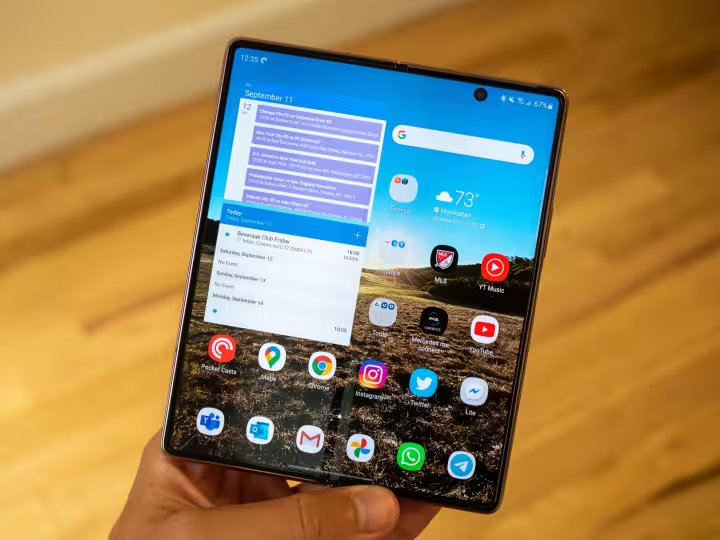
Competitors stayed active—Huawei released the inward-folding Mate X2, Xiaomi introduced its Mix Fold series, and other giants like OPPO and Vivo launched their first folding phones, diversifying consumer choice.
2023 proved transformative. Samsung kept its annual refresh cycle with the Galaxy Z Fold 5 and Z Flip 5, but this year also saw the first Google Pixel Fold, aiming to maximize Android’s large-screen software experience. Honor focused on thin-and-light with the Magic V2, further advancing portability.
A significant disruptor arrived with the OnePlus Open (also known as the Oppo Find N3). Launched to critical acclaim, it set new benchmarks in slimness, lightweight chassis, powerful camera systems, and excellent battery efficiency—qualities that still make it competitive years later.
Notably, the flip phone class evolved, led by innovations like the Motorola Razr 2023 series. Large front displays became the trend, with Samsung eventually following suit in its Z Flip 7, enhancing both usability and app interaction.
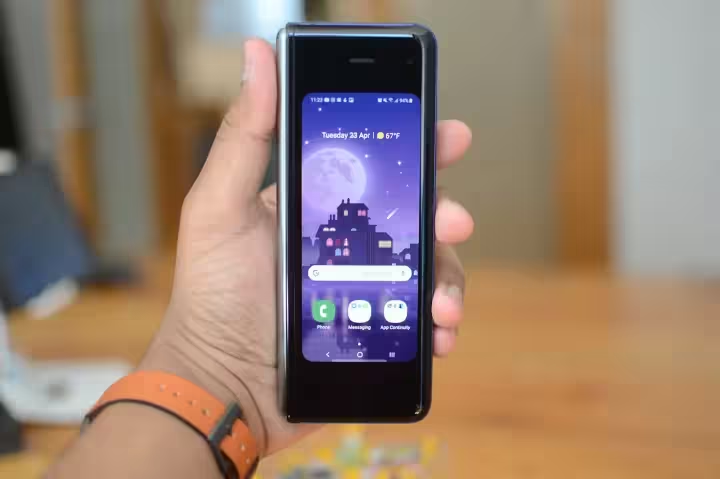
The Rise of Ultra-Thin Foldables: 2024–2025
The past two years kicked off the "ultra-thin" era, dominated by fierce rivalry between brands over minimal body thickness. A year ago, Honor set records with the Magic V3 at just 4.4mm when unfolded—a marvel of engineering. This title changed hands quickly, as OPPO’s Find N5 shaved thickness down to 4.2mm in early 2025.
But Honor responded in July 2025 with the Magic V5, trimming the profile further to an astonishing 4.1mm. Soon after, Samsung launched the Galaxy Z Fold 7, staking its claim not necessarily with the thinnest chassis, but with an unprecedentedly light body at just 215 grams—beating the Magic V5 by several grams. With a folded thickness of 8.9mm and unfolded at 4.2mm, the Z Fold 7 truly feels indistinguishable from a traditional slab smartphone.
Beyond form factor, the newest models offer robust performance. The Magic V5 impresses with the largest battery among competitors and an advanced camera array, pushing the boundaries for what a foldable can deliver in daily use. On the horizon, Google is preparing to enter the arena again with its Pixel 10 Pro Fold, showcasing increasing innovation and options for consumers.
Product Features, Comparisons, and Use Cases
Modern foldables are defined by more than just their hinges and flexible screens. Key features now include ultra-durable displays, optimized multitasking interfaces, high-refresh-rate panels, and camera systems on par with flagship bar phones.
- Book-style foldables (like the Galaxy Z Fold 7, Honor Magic V5, and OnePlus Open) are optimal for power users, offering tablet-level productivity and content consumption in a phonesized device.
- Flip phones (including the Razr 2025 series and latest Z Flip) target style-conscious users and those seeking compact portability, bolstered by larger external displays for notifications, quick replies, and creative selfies.
For business, foldables are transforming mobile workflows. With support for desktop-like interfaces (Samsung DeX), expansive document editing, and split-screen multitasking, they’re fast becoming viable laptop replacements for professionals on the go.
Market Relevance and Industry Impact
Foldable phones were once a niche for early adopters, but the segment has rapidly matured. Samsung has established itself as the reference point for foldable innovation, but competition is pushing boundaries on form factor, price, and capability—driving adoption and mainstream appeal. Increasingly, foldables are seen as a viable evolution of the smartphone, with hardware and software maturing hand-in-hand.
Global demand is rising as foldables become lighter, thinner, and more affordable. Their appeal now spans from tech enthusiasts to everyday consumers seeking premium design and versatility.
Looking Ahead: Apple’s Imminent Arrival and the Next Wave
The biggest milestone on the foldable horizon is Apple’s much-rumored iPhone Fold, expected as soon as September next year. Historically, Apple’s entry into a product category has propelled that segment into the mainstream—driving wider adoption, greater competition, and deeper ecosystem integration. If past precedent holds true, the iPhone Fold could be the catalyst that accelerates foldable technology from innovative alternative to must-have mainstream device.
With Samsung, Honor, Oppo, Google, and others already raising the bar, Apple’s entrance is likely to spark intense innovation and refreshed consumer demand. It’s highly probable that other Android brands will respond with their own next-generation foldables, setting off another cycle of breakthroughs.
Why Foldable Phones Are the Future
As ultra-thin designs continue to bridge the gap between classic smartphones and high-tech foldables, and as heavyweight brands commit to foldable hardware and software investment, the advantages are clearer than ever:
- Ultimate portability without compromise
- Unmatched versatility for entertainment and productivity
- Premium features such as top-tier cameras and batteries
- The potential for software innovation unique to flexible form factors
From enhanced gaming and seamless split-screen multitasking to novel use cases like on-the-go video editing and creative work, foldables are redefining what we expect from a smartphone.
Conclusion: The Foldable Era’s Next Chapter
Since 2018, foldable phones have gone from experimental curiosities to leading examples of mobile innovation. Each generation has removed barriers—whether it’s device thickness, durability, or user experience—paving the way for broad mainstream adoption. With brands like Samsung continuing to set benchmarks, Honor and OPPO pushing design boundaries, Google doubling down on software, and Apple gearing up for its foldable debut, there’s never been a more exciting time for the smartphone market.
As the category matures and new devices continue to break records for thinness, lightness, and performance, one thing is clear: the journey of foldable phones is just beginning, and the best is definitely yet to come for consumers around the globe.
(Keep all original images, captions, and formats unchanged.)
Source: digitaltrends


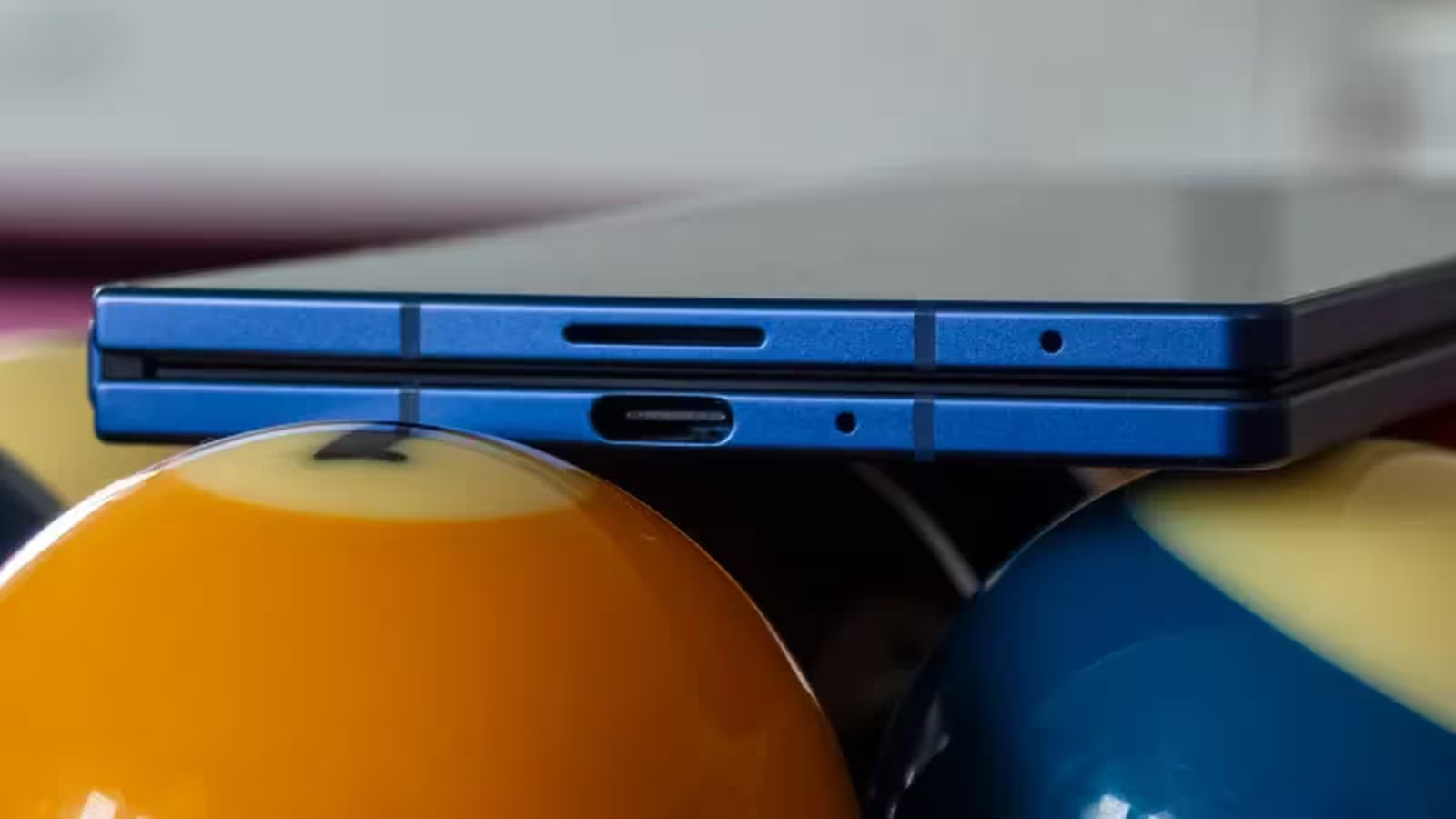
Comments